Illustration by Andrea Nebhut
As we look forward to the decade ahead, we have the opportunity to be inspired by the fashion and culture of the Roaring ’20s. Here are just a few trends that we should take from the ’20s to the ’20s.
The Loose Silhouette
The 1920s was a time of expanded political and cultural rights for women. One way women explored their freedom was through fashion. The straight, “boyish” silhouette that is associated with “flappers” was a subversion of the traditionally feminine and appropriate. Women were able to reclaim their sexuality by wearing clothing they found to be fun and fashionable, and that didn’t adhere to gender norms or what was appealing to men.
Although wearing a skirt above the knee is no longer a scandal, the quintessential flapper style can serve as inspiration for fashion trends heading into the 2020s. Straight-leg jeans and loose-fitting athleisure are definitely styles to take into the next decade, and high-waisted pants are a look straight from the 1920s. For street style, take a page from Billie Ellish’s book and rock some oversized outerwear and comfy kicks. A cocktail party or other formal event is the perfect place to wear a flapper-style dress or try out soft suiting — a suit that trades the structure of a traditional suit for a looser, comfier silhouette.
The Gangster Image
The image that comes to mind of a well-dressed man in the 1920s is often Leonardo DiCaprio as Jay Gatsby; however, this excludes the true male fashion icons of the era: gangsters. Gangsters like Al Capone were figures in the public eye and sported outfits that are still iconic today, from the fedora to the three-piece suits. Pinstripes, however, were the most iconic part of the gangster look. Stripes in clothing have historically been symbols of deviance and rebellion, and gangsters wore pinstripes (or chalk stripes, which are wider) to flaunt their wealth and status.
Moving into the 2020s, the fashion world should take advantage of the crisp, clean look that is achieved through pinstripes. If done correctly, pinstripes can add elegance to an outfit. High-waisted straight leg pinstripe pants can give you a few extra inches. Try a pinstripe shirt paired with suspenders or a solid color blazer to elevate your business casual look. If you’re brave, rock a three-piece pinstripe suit and channel your inner Al Capone.
Art Deco and Bauhaus
Art Deco is famous for its geometric designs, zig-zags, bold colors and glittering gilding; the style is commonly associated with travel and luxury, and the opening credits of “The Great Gatsby.” Art Deco is a style that emerged in the wake of what was then “the war to end all wars” when the world was hit by a wave of optimism. That optimism embodied in Art Deco was at its core about youth, consumer culture and attainable luxury. Bauhaus is another design style that originated in Berlin in the 1920s and later came to the United States in the ’30s and ’40s to inspire the mid-century style. Bauhaus is defined by its clean, geometric lines and open design. The style is rooted in optimism and the desire to make everyday living beautiful and art accessible to everyone.
Channel bits of Art Deco into your interior design by adding gold accents to a room. Don’t be afraid to use bold geometric patterns in your living space. Get that plush throw blanket that screams luxury. Balance the opulence of Art Deco with the elegant simplicity of Bauhaus. Try to create open space and find furniture with clean lines. When in doubt, look to Ikea because many of their pieces are inspired by the Bauhaus style. Use primary colors and geometric shapes. Embrace industrial elements, for example, metal bookshelves or concrete floors.
Fringe
Fringe is a quintessential piece of the iconic 1920s flapper look. Add some fringe into your wardrobe to add a bit of flair to your closet. Besides, as long as you’re in San Antonio, having fringe is one step closer to being rodeo ready.
And All That Jazz
In the face of rising nativism, white supremacy and the resurgence of the Ku Klux Klan, the 1920s saw a new wave of Civil Rights activism. In addition to union activism and the Great Migration, cultural expression was a response to the oppression that African Americans faced. The Harlem Renaissance forever changed American culture.
Moving forward into the 2020s, give some classic jazz and blues a listen. Bessie Smith is a must-hear artist, and so is the iconic Louis Armstrong. Modern musicians should incorporate the jazzy vibe of brass instruments into their music. If jazz isn’t for you, or you’re looking for a good read, try out the work of Langston Hughes or Zora Neale Hurston.
Dark Eyes, Red Lips
In the 1920s, mass production and the accessibility of modern conveniences created an abundance of free time. As a result, movies and women’s magazines became popular. The dramatic makeup of the stars on the silver screen defined the American beauty standard and transformed makeup from something a prostitute used to hide the scars from sexually-transmitted diseases into a commercial commodity. Women began wearing makeup like mascara to exercise their new cultural freedoms.
To channel the iconic 1920s look — dark eyes, red lips — in the new decade, nix the nude lips and try a classic red lip. If lipstick isn’t for you, try a red gloss or a colored chapstick for a softer iteration. The smokey eye has already made a comeback, but don’t be afraid to update this trend for the new decade by using bold pigmented shadows made possible by the innovations of modern cosmetics.
Revive these trends in the new year and your 2020 is bound to be the bee’s knees, old sport.

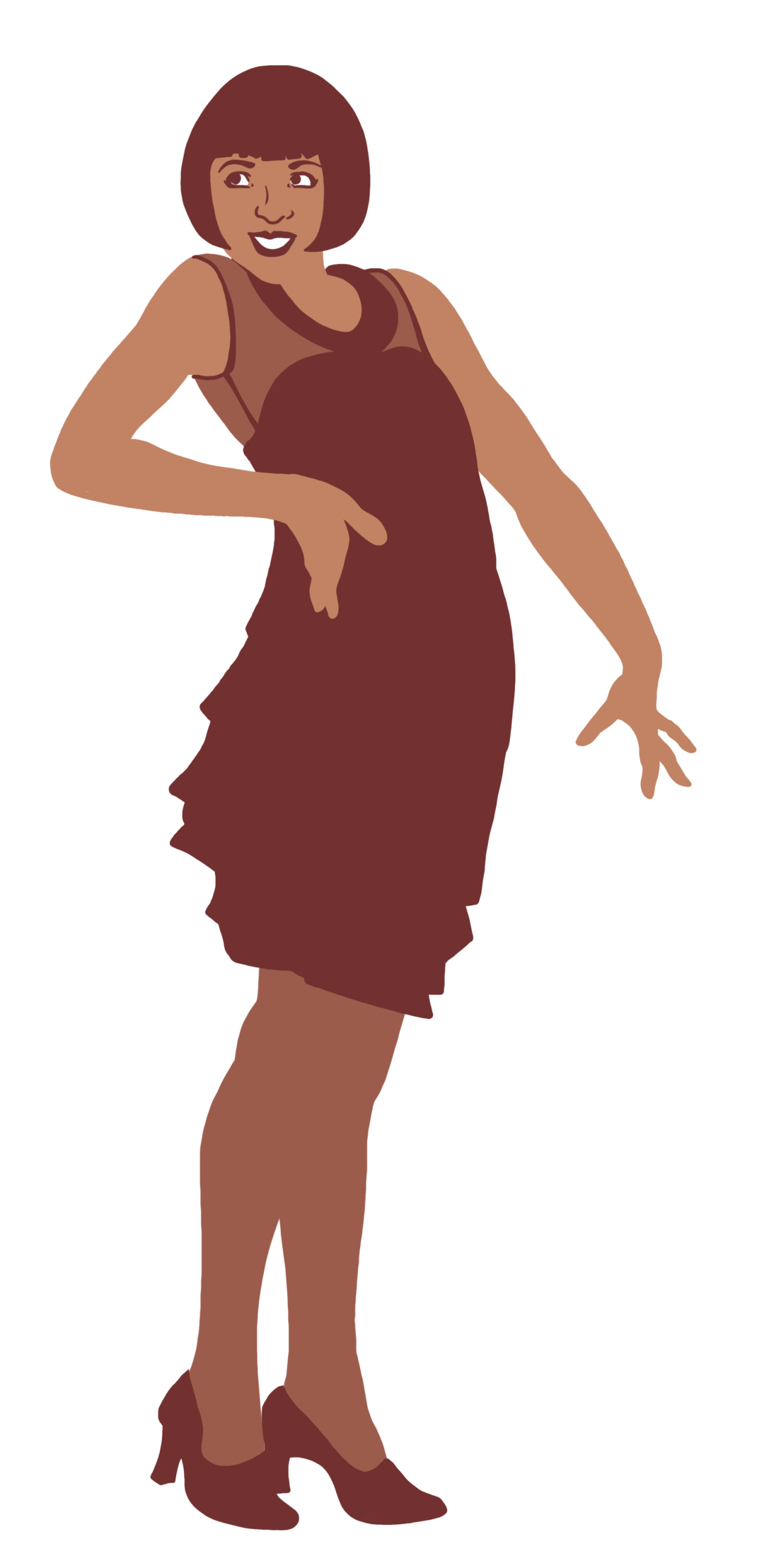

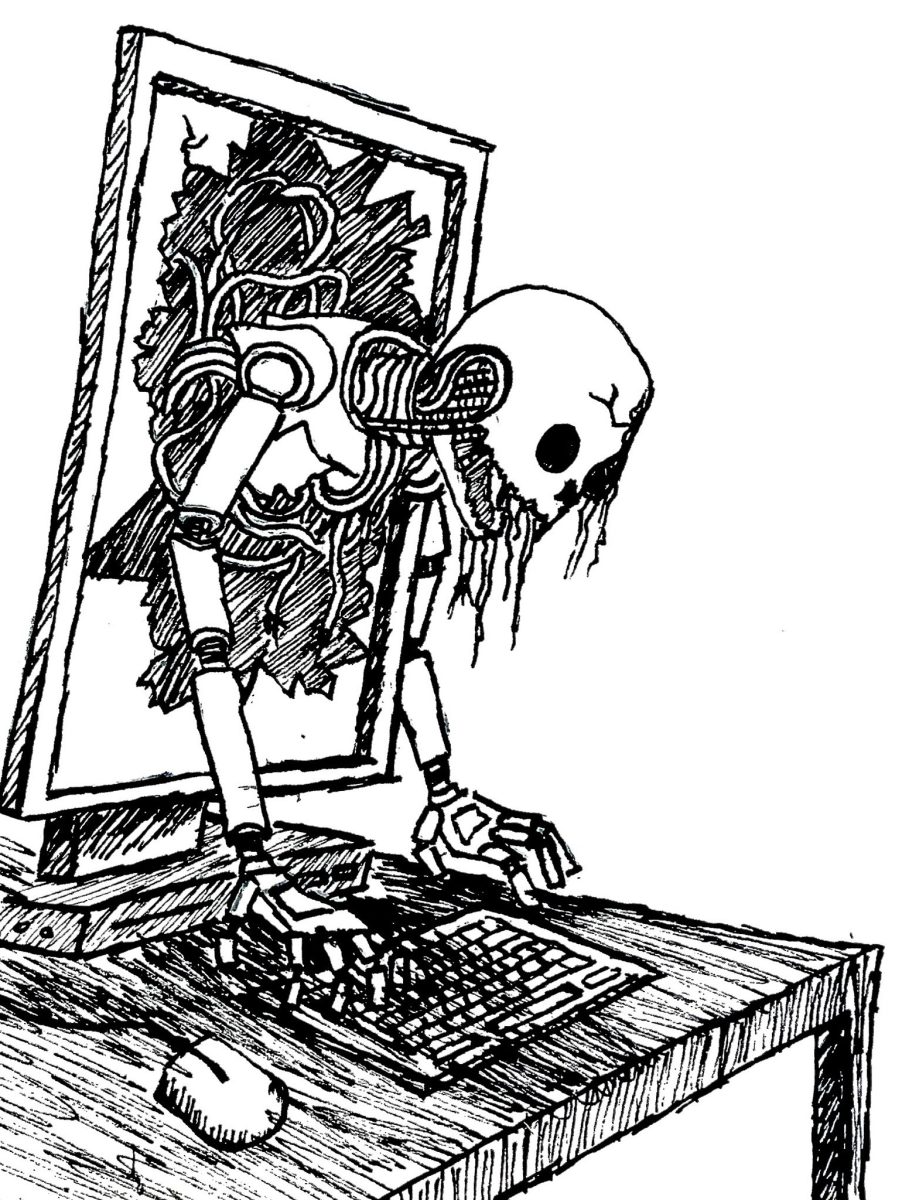
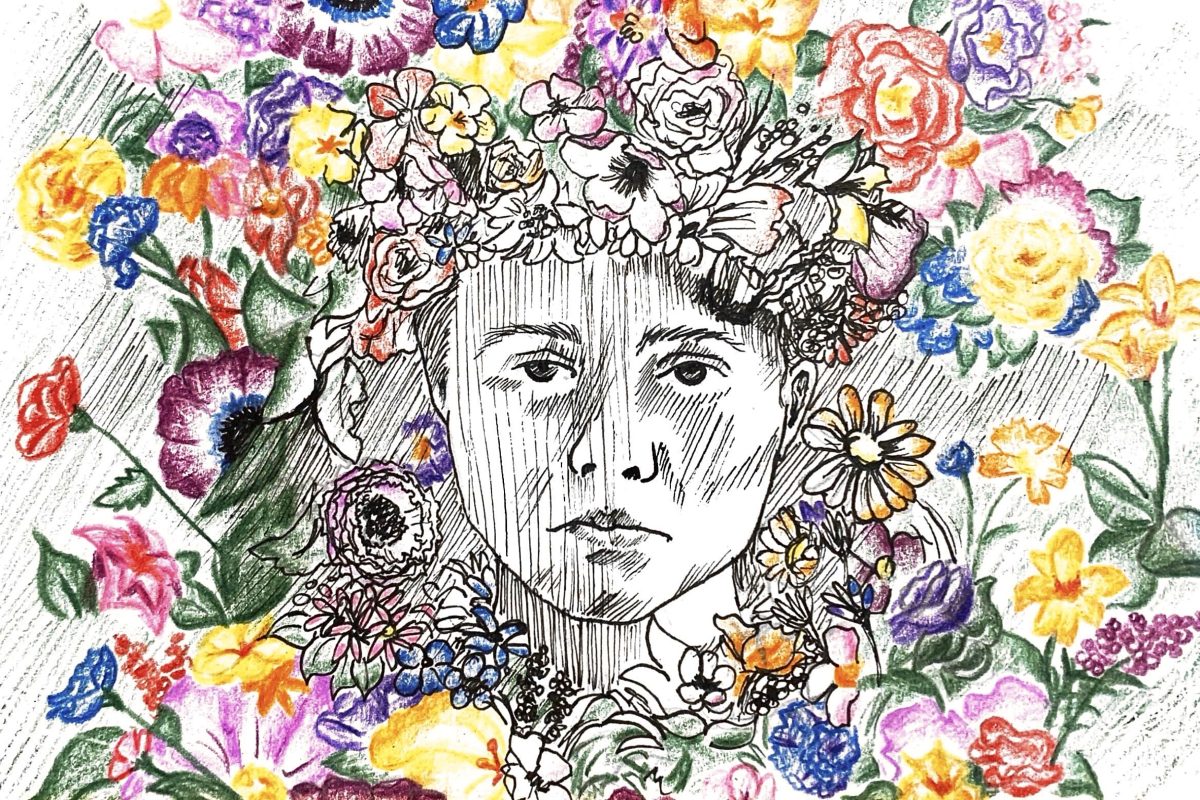
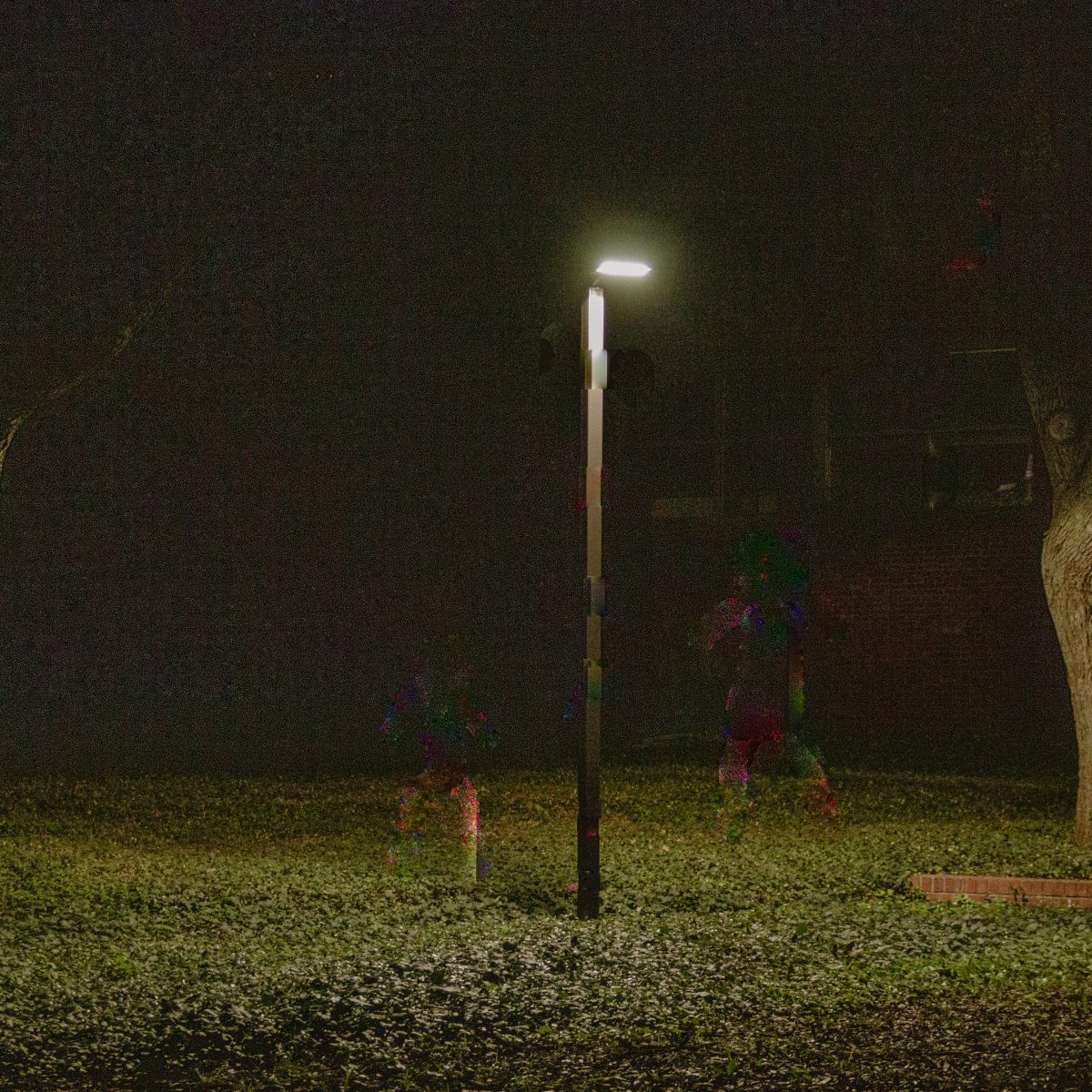
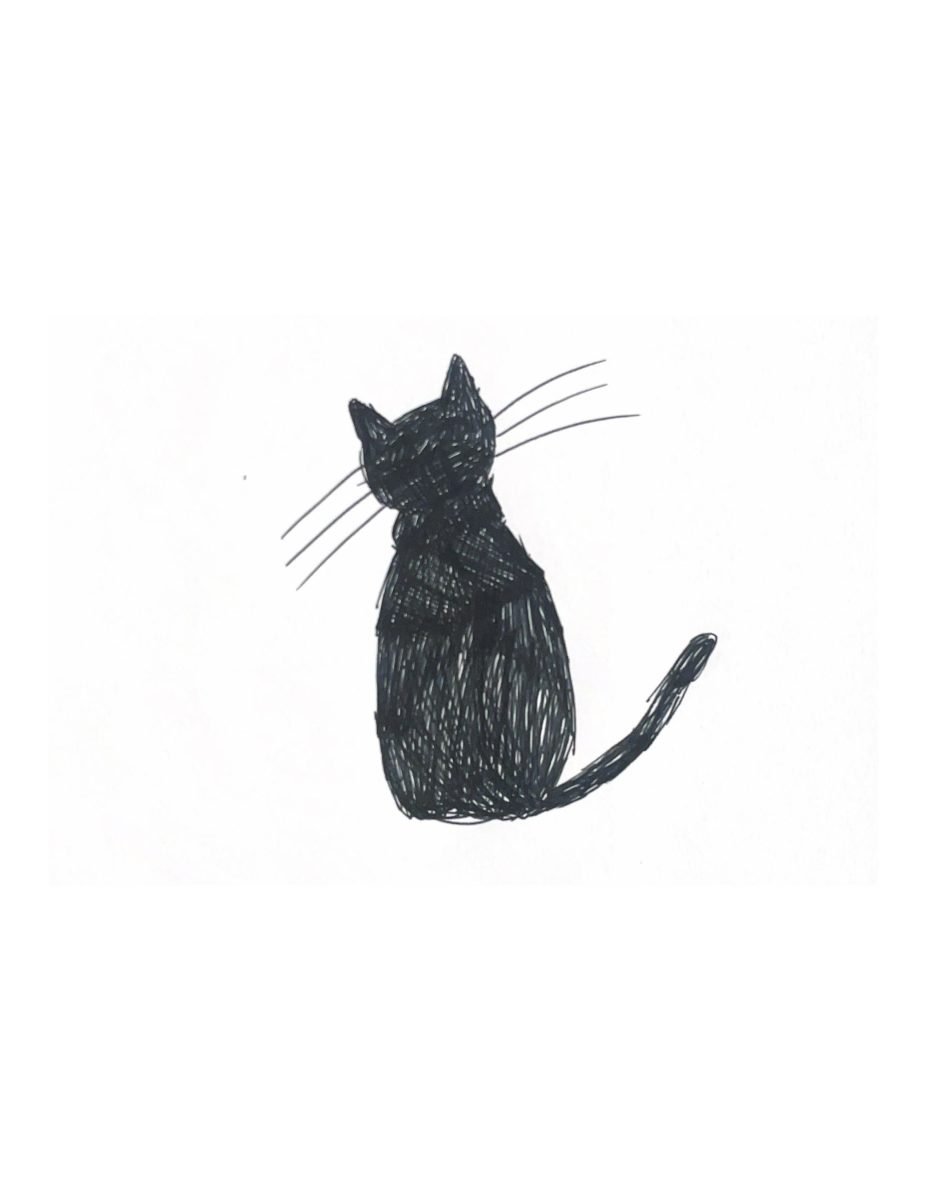

Bradley • Jan 6, 2020 at 11:52 am
I love your suggestion of high waisted pinstripe pants with suspenders. Pinstripe pants on a full suit is sometimes too much for the office, but simply wearing pinstripe pants and suspenders is stylish and classy. I get a lot of complements on the look! I hope this vintage 1920s style comes back in 2020, as high waisted pants and suspenders are a perfect combination for either men or women.
rosie • Dec 27, 2019 at 4:22 pm
I do like the bright red lipstick, through out the 1920’s untill the flapper style met it’s end in october 1929 they also used other colours of lipstick, from red which was early 1920’s , mid 1920’s saw deep reds, deep brownish reds, plums and oranges. The end of the 20’s saw the new trend of colours of rose, raspberry and medium red. 1920’s also brought into fashion the cupid brow lips or bee stung lips. I had fun researching all this when I decided on flapper style for my friends Halloween party.
Tarena Hanson • Dec 27, 2019 at 5:06 am
Thought this was interesting to see what will be on trend this coming yr 2020 vs 1920’s.
My very cool kooky Granny always told me about “roughing or painting theirs knees as flappers when wearing their mini skirts”.
My girlfriend & I did this on pix day in 1965 bc our skirts were all minis (that’s all u could buy & we weren’t allowed to wear slacks) to try to set a new FAD‼️.We used fingernail polish & painted PINK MOD “TWIGGY” style FLOWER POWER BLOSSOMS on each knee…
It was the only time my girlfriend & I were sent to the office & my & her Mthr were called to pick us up from school for the day & we were told not to come back to school wearing such nonsense. Even though I told them my grndmthr was allowed to wear painted “roughed” knees in the ROARING 20’s! My Cool History Lesson didn’t matter to the principle.
Asha • Dec 27, 2019 at 9:46 am
Rouge. They were blushed, not actually painted.